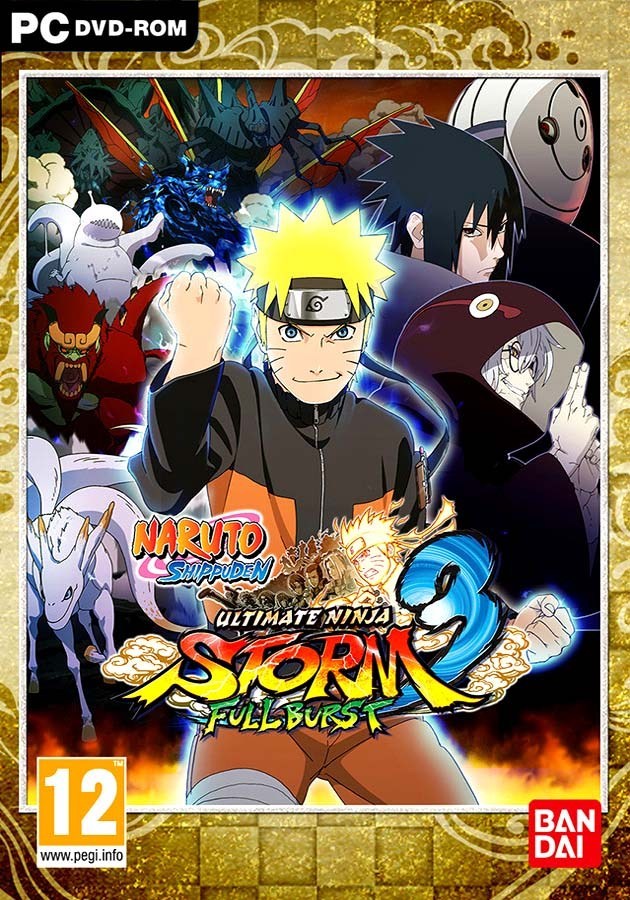

Now, guard breaks allow you to crack open defending adversaries like piñatas, to deal dev Naruto Shippuden: Ultimate Ninja Storm Revolution devastating amounts of damage. Save for the game’s aloof approach toward Naruto newcomers, Revolution’s collection of game modes is fated to gratify fans, even if the title isn’t quite capable of reaching true Hokage status.Ĭontinuing the trend to excise the button-mashing mechanics from battles, Revolution pushes the series a bit closer toward legitimate fighting game, mending elements like combo-breaking teleportations. While the release of Naruto Shippuden: Ultimate Ninja Storm Revolution for the PlayStation 3, Xbox 360 and PC, CyberConnect2’s game isn’t quite the extensive transformation that the title implies, it is a solid sequel that succeeds, improving the franchise’s combat system and providing a massive roster of personalities.

Not only did these titles faithfully emulate the look of the series, recreating Masashi Kishimoto’s beloved characters and iconic locales, but the developers also delivered enjoyable fighting and exploratory mechanics that evolved across the fourteen successive entries. Of course, that notion gradually disappeared as developers like CyberConnect2 raised the ante with the Naruto Ultimate Ninja and later, the Ultimate Ninja Storm games.

From Dragon Ball Z: Ultimate Battle 22, Zatch Bell! Mamodo Battles, to Mobile Suit Gundam: CROSSFIRE, players were swamped with a steady supply of software which only vaguely captured the fundamental aesthetic of an anime and routinely played like a two-stringed guitar.

In retrospect, the era was filled with lackluster licensed cash-ins, which habitually transformed rousing properties into feeble fighting games. One of the most prudent purchasing policies during the ‘90s and early 2000’s was to deliberate before purchasing a game based on an anime.


 0 kommentar(er)
0 kommentar(er)
